Zinc ore is an important mineral resource used to extract zinc, which is
widely applied in the production of galvanized steel, batteries, and alloys.
Global zinc ore resources are mainly distributed in countries such as Australia,
China, Peru, and Mexico.
With the continued mining and processing of zinc ore, the global average zinc
grade has decreased from 7.2% in 2000 to 4.8%.
In addition, zinc processing plants are also facing challenges such as
stricter environmental regulations and increasing difficulties in energy
consumption control.
Xinhai Mining provides EPC turnkey solutions for zinc processing plants. Our
full-process services mainly include the following aspects.
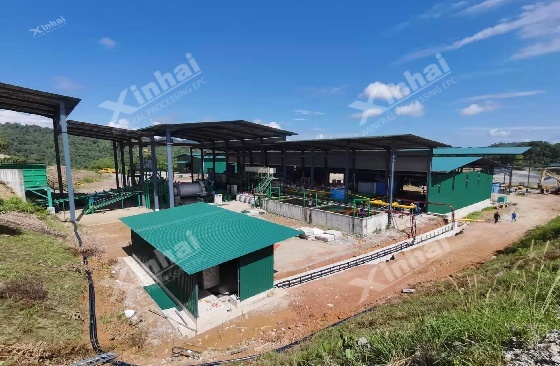
Use the table of contents below to navigate through the guide:
01Design of Ore Dressing Process for Zinc Processing Plant
1. Ore Dressing Test
Xinhai Mining never applies a one-size-fits-all ore dressing scheme. When we
receive ore samples from customers, we first conduct comprehensive beneficiation
tests.
We use X-ray fluorescence spectroscopy (XRF) to perform elemental analysis
and quickly quantify major elements (Zn, Pb, Fe, S) as well as harmful elements
(As, Cd).
X-ray diffraction (XRD) is used for phase analysis to determine the
proportions of sphalerite, smithsonite, quartz, and other minerals.
We also apply scanning electron microscopy with energy-dispersive
spectroscopy (SEM-EDS) for micro-area analysis to identify the occurrence states
of zinc-bearing minerals.
2. Customized Ore Dressing Scheme
Xinhai Mining firmly believes that no two mines in the world are exactly the
same. Therefore, we offer fully customized ore dressing solutions tailored to
each customer.
Based on the beneficiation test results, the optimal process route is
selected, and a personalized scheme is finalized.
Different types of zinc ore require different processing methods. Below are
three typical zinc ore beneficiation solutions:
High-sulfur zinc ore – Priority flotation
After crushing and grinding, the ore enters the flotation system for sulfur
suppression and zinc flotation. Through roughing, cleaning, and scavenging, zinc
concentrate is produced. The tailings are desulfurized and then dewatered.
This process is applied at the Neves-Corvo zinc mine in Canada.
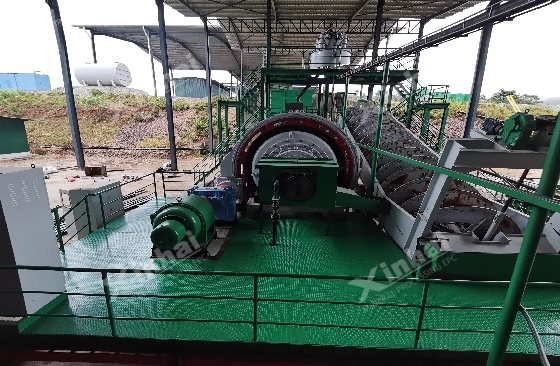
Zinc oxide ore – Sulfidation-flotation
The raw ore is first crushed, ground, and deslimed, then subjected to
sulfidation. Afterward, the slurry enters the flotation system where amine
collectors are added to extract zinc concentrate. The concentrate is dewatered,
and the tailings are neutralized before disposal.
This process is used at the Skorpion zinc mine in Namibia.
Mixed ore – Gravity separation + flotation + leaching
Mixed zinc ore requires a combined beneficiation approach. After crushing and
grinding, gangue minerals like quartz, calcite, and feldspar are removed via
gravity separation. The remainder is processed in the flotation system,
leveraging floatability differences. Residual gangue minerals that cannot be
separated are treated with leaching.
This solution is adopted in the Huize mining area in China.
3. Tailings Recovery Enhancement Technology
Xinhai Mining has achieved significant progress in improving the recovery
rate of zinc tailings. This includes the development of new flotation reagents,
adoption of microbubble flotation technology, the design of new spiral chutes
and other gravity separation equipment, and the use of high-gradient magnetic
separators for recovering weakly magnetic minerals. These technologies have
effectively increased the recovery rate of tailings.
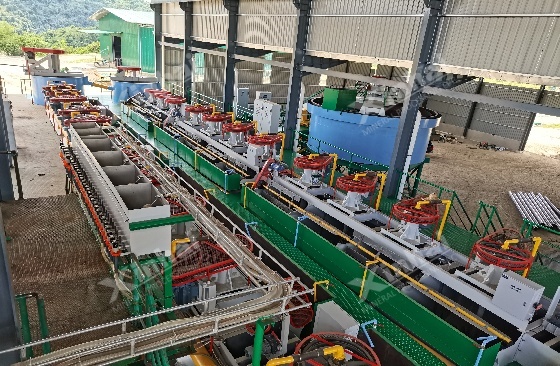
02Zinc Processing Plant Equipment
1. Crushing and Grinding Equipment
The first step in zinc ore processing is to crush and grind large pieces of
ore into fine particles. This stage requires crushing equipment such as jaw
crushers and cone crushers, and grinding equipment such as ball mills and rod
mills.
Xinhai’s energy-saving ball mill features a novel structural
design, high grinding efficiency, large output, and reduces energy consumption
by 20% compared to traditional ball mills.
2. Sorting Equipment
Depending on the beneficiation process used, the sorting equipment mainly
includes flotation machines, spiral chutes, and high-gradient magnetic
separators.
The XCF-KYF combined flotation unit enables an efficient closed-loop process
of roughing, scavenging, and cleaning, thereby improving concentrate grade and
recovery rate.
3. Dewatering Equipment
The selected zinc concentrate needs to be dewatered using equipment such as
thickeners, filters, and filter presses.
Xinhai Mining’s high-efficiency deep cone thickener offers
excellent sedimentation performance and strong processing capacity, with unit
throughput 30%–50% higher than that of conventional thickeners.
4. Auxiliary Equipment
In addition to the core equipment above, zinc ore processing plants also
require auxiliary equipment, including feeders, conveying equipment (belt
conveyors, slurry pumps), agitation tanks, and automated control systems.
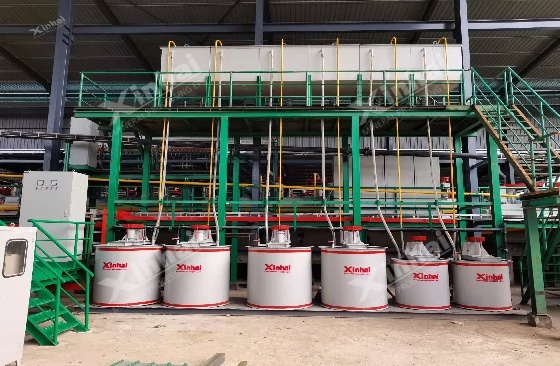
03Zinc Processing Plant Operation Management
Once the zinc processing plant is officially put into operation, applying
scientific and reasonable operation management strategies can help achieve the
expected mineral recovery rate and concentrate grade.
Xinhai provides customers with an intelligent monitoring system that
continuously tracks equipment operating status and collects real-time
operational data from the plant. Through a 3D visualization digital twin
platform, the production process can be clearly understood and efficiently
monitored.
04Technical Highlights of the Zinc Processing Plant
Xinhai Mining offers integrated EPC+M+O services, which
combine engineering design, procurement, construction management, and operation
services to deliver a one-stop solution for the entire project life cycle—from
construction to operation.
Compared with traditional models, the EPC+M+O model shortens the construction
period, accelerates production ramp-up, reduces operating costs per ton of ore
by 15.5%, improves overall equipment efficiency by 8%, and lowers tailings
treatment costs by 21%.
Conclusion
Xinhai Mining has extensive expertise in zinc ore beneficiation and smelting.
We have successfully completed over 50 zinc ore processing projects in more than
20 countries and regions across Asia, Africa, South America, and more. These
projects cover the comprehensive recovery of sulfide ores, oxide ores, and
complex polymetallic ores.
We welcome you to explore our successful cases studies, including the
Tibet zinc case, the Malaysia lead-zinc case,
and the Iran lead-zinc case.

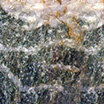
 marketing@ytxinhai.com
marketing@ytxinhai.com  0086 13810327080
0086 13810327080 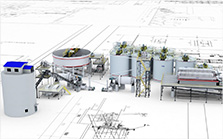
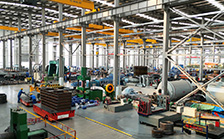
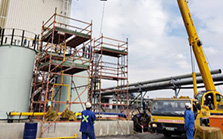

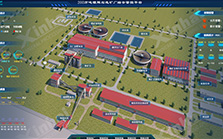
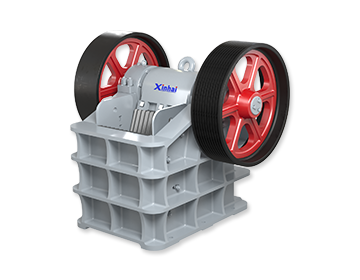
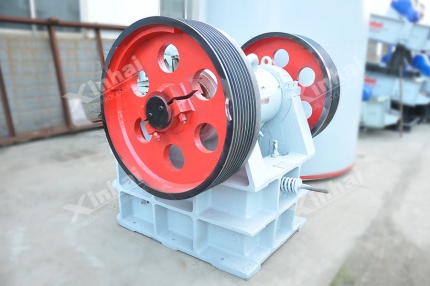

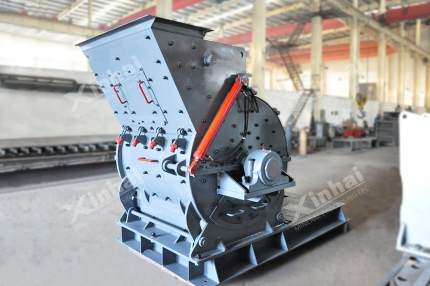
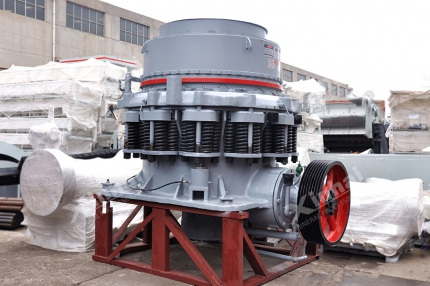
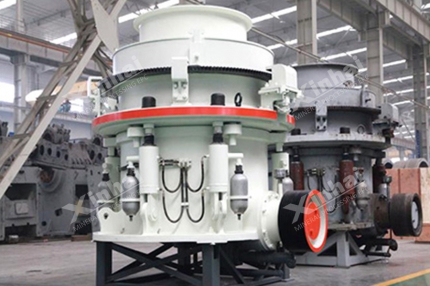
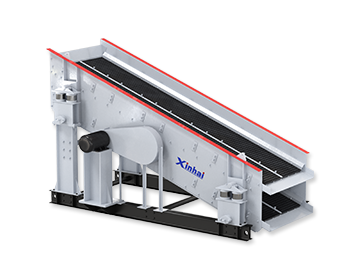
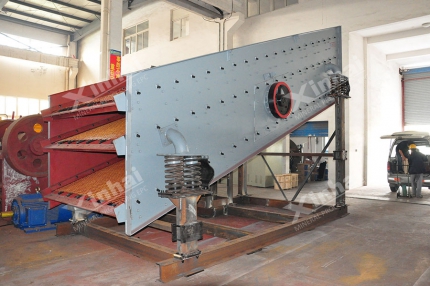
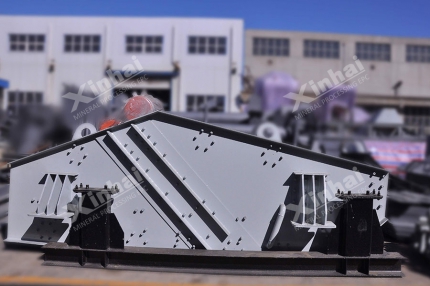
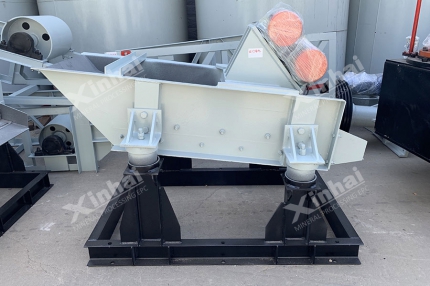
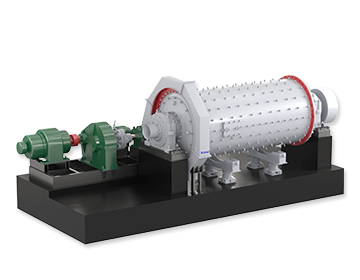
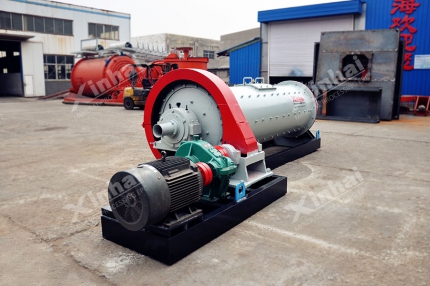
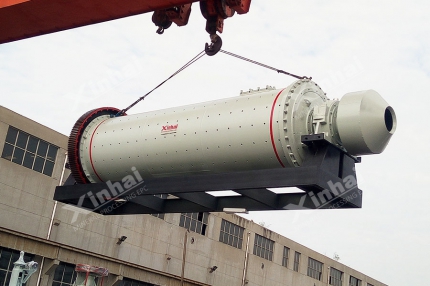
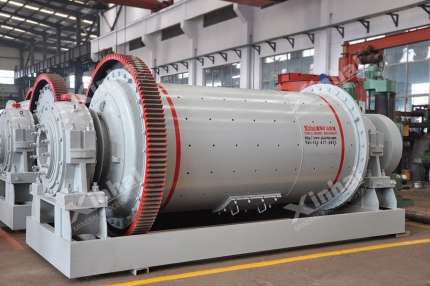
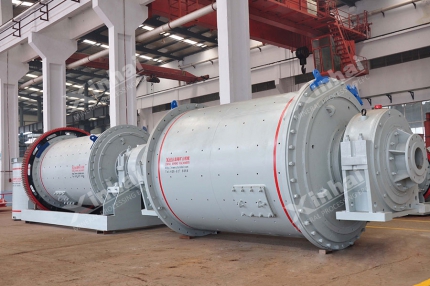
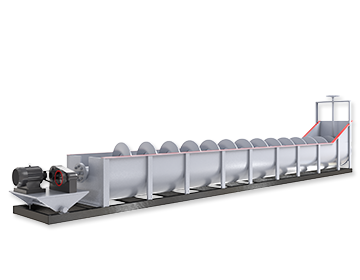
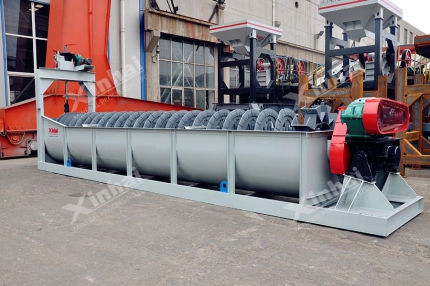
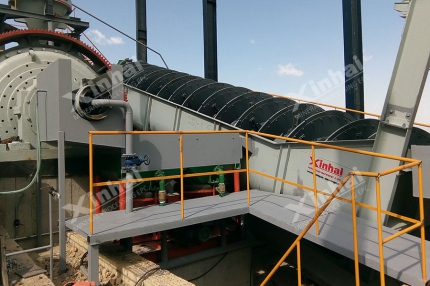
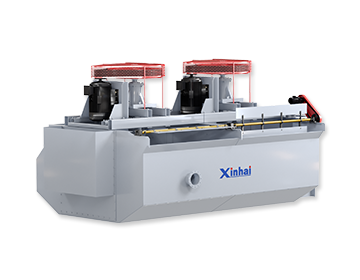
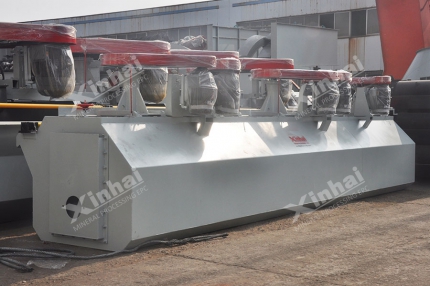
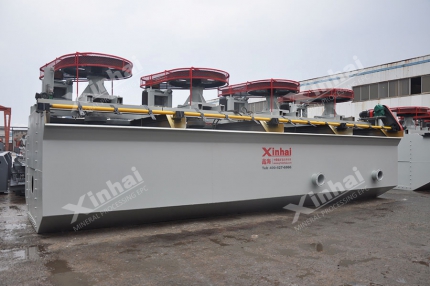
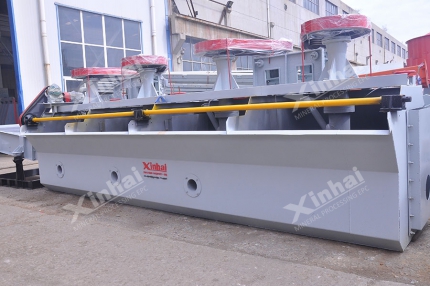
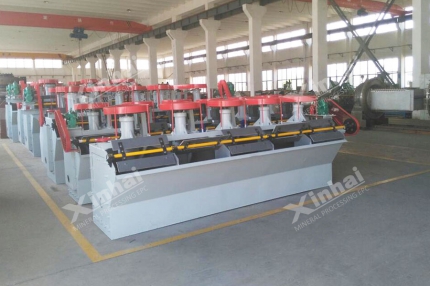
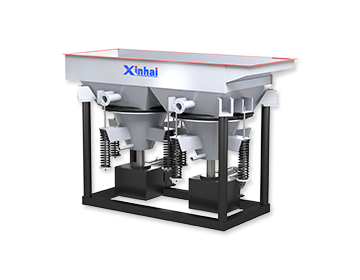
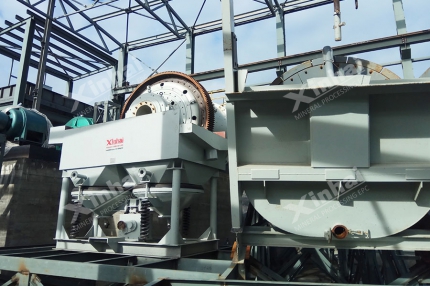
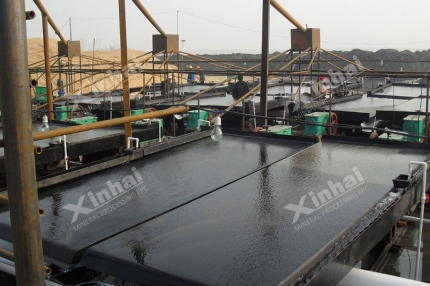
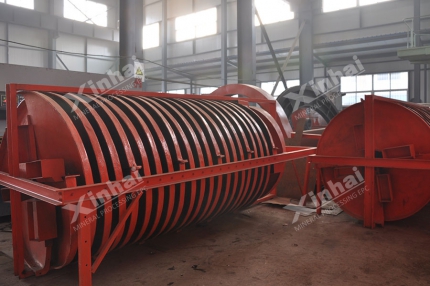
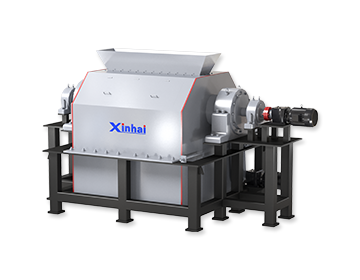
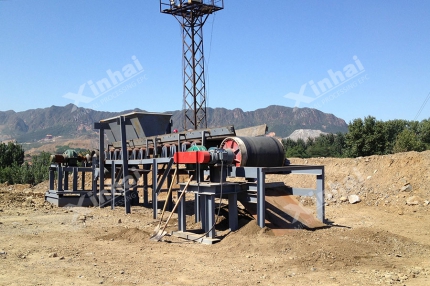
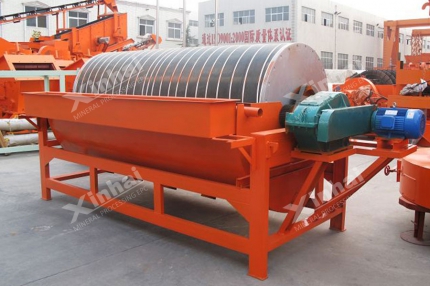
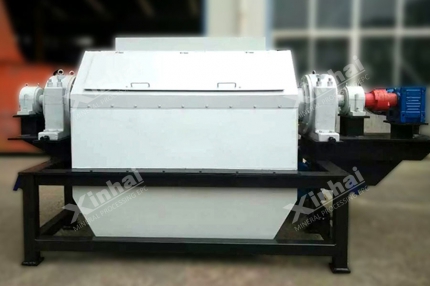
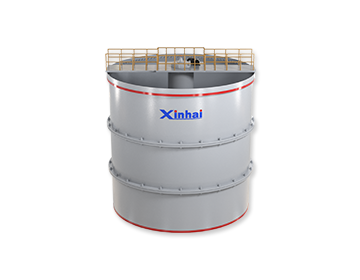
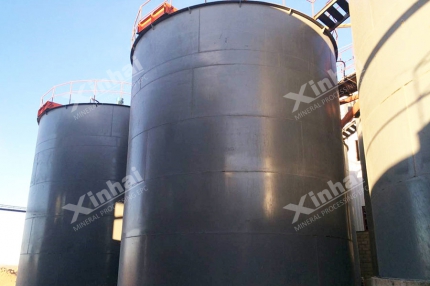
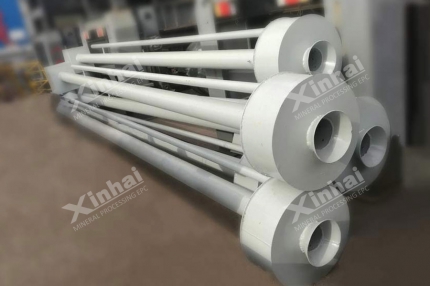
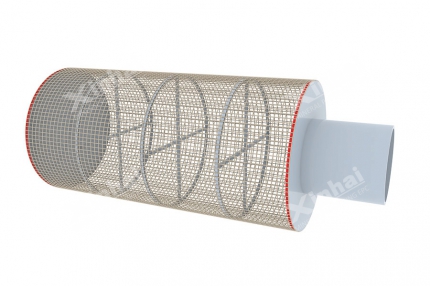
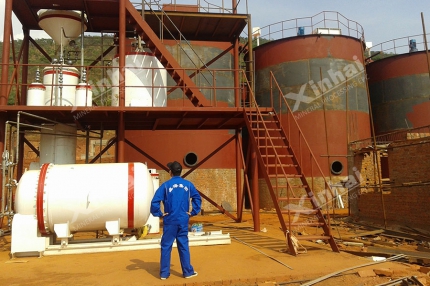
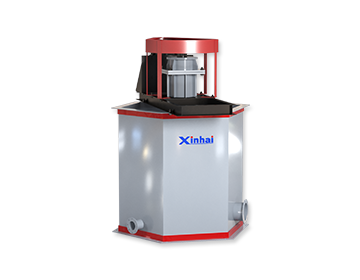
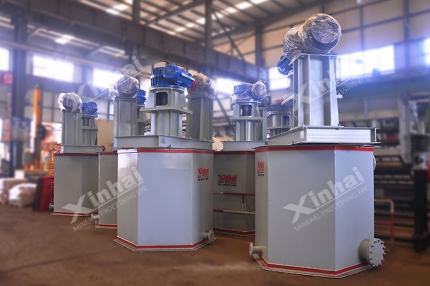
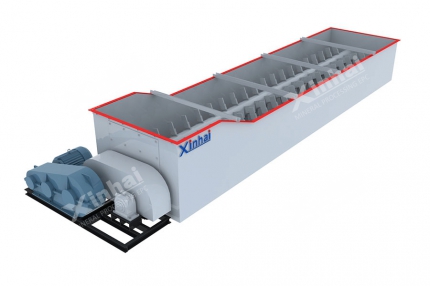
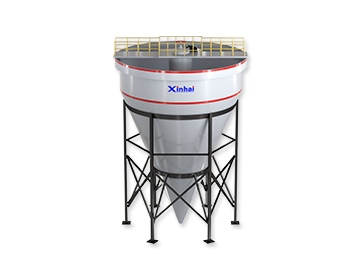
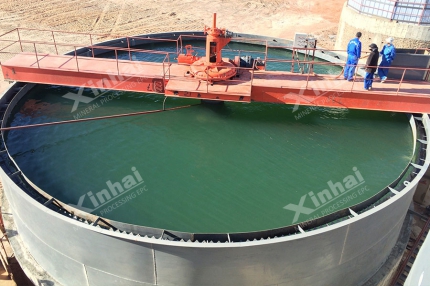
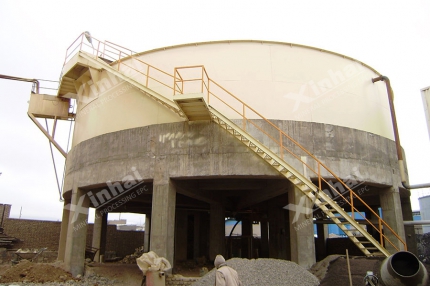
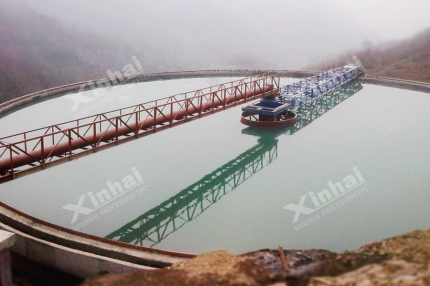
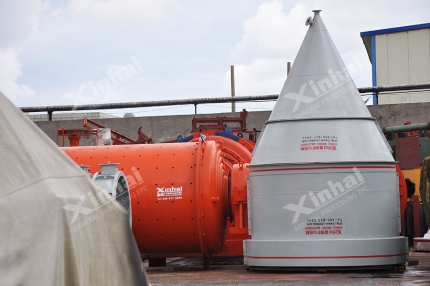
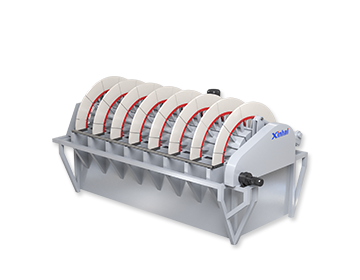
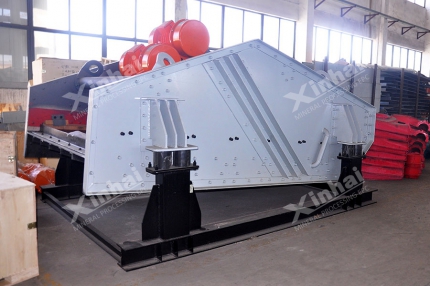
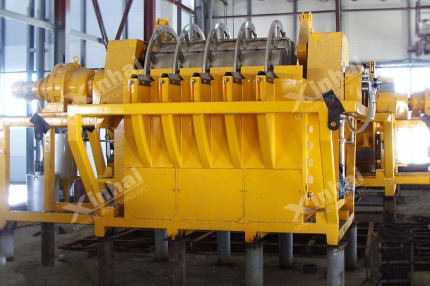
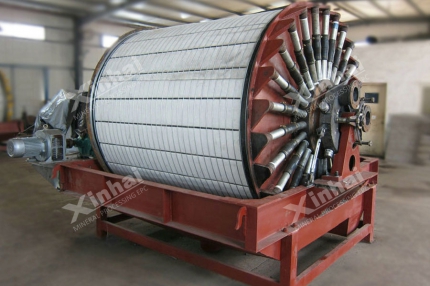
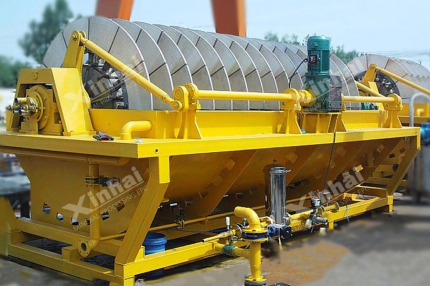
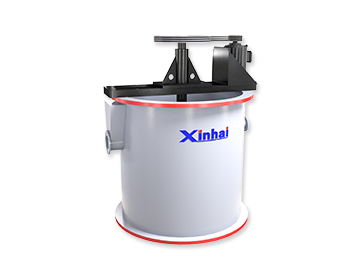
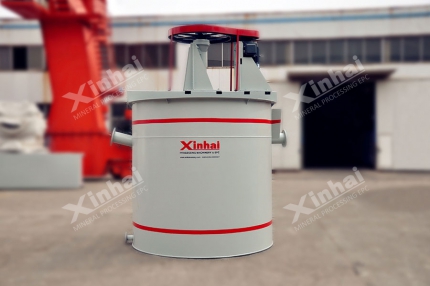
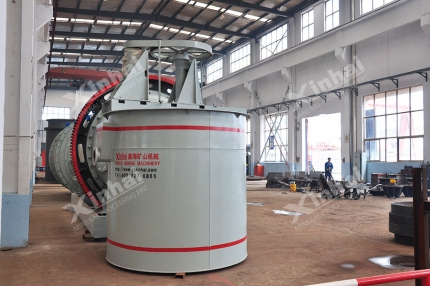
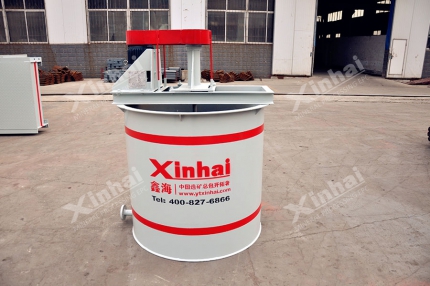
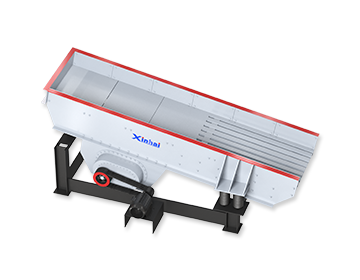
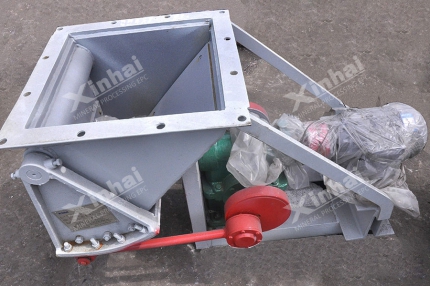
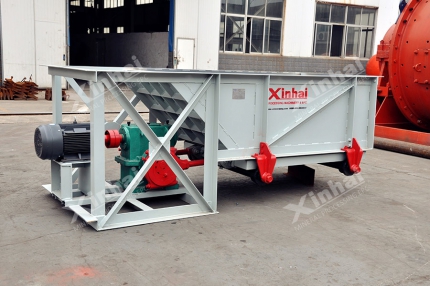
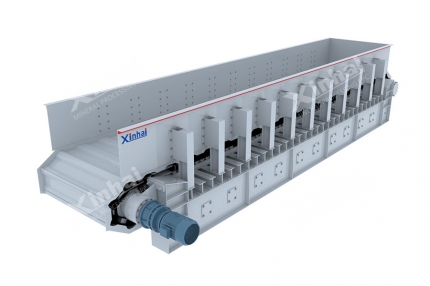
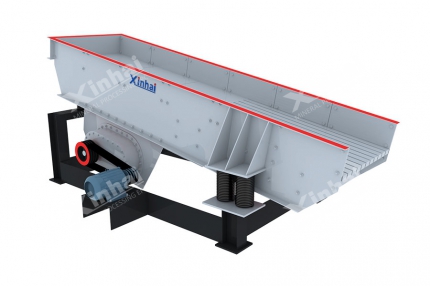
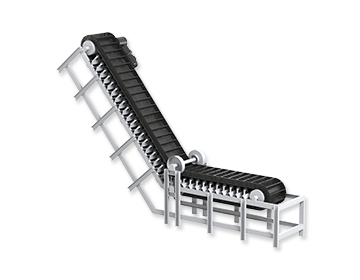
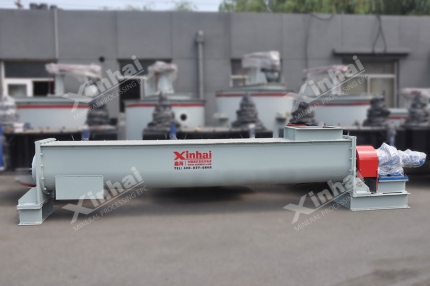
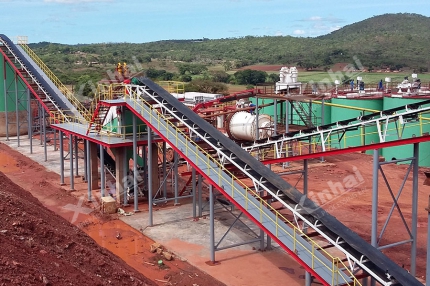
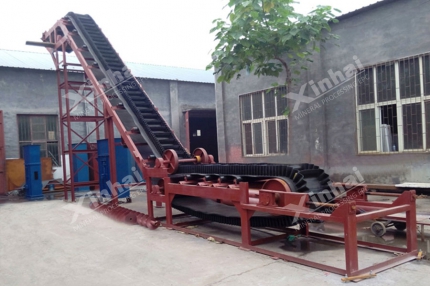
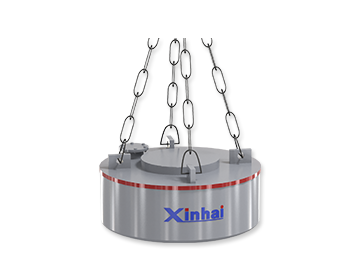
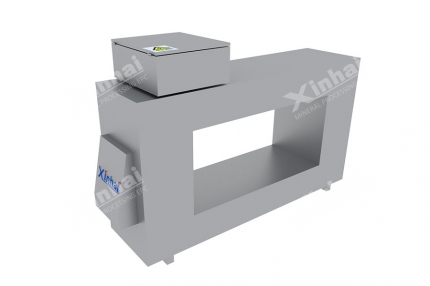
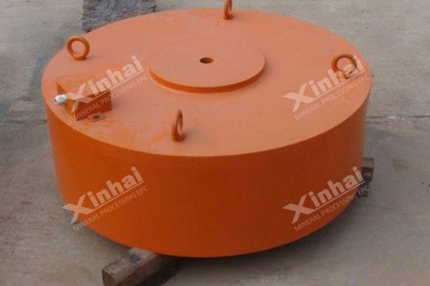
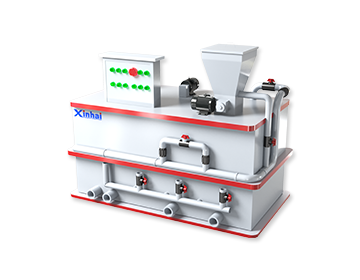
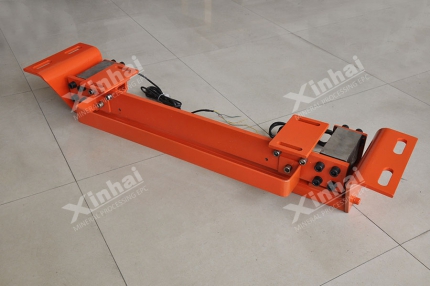
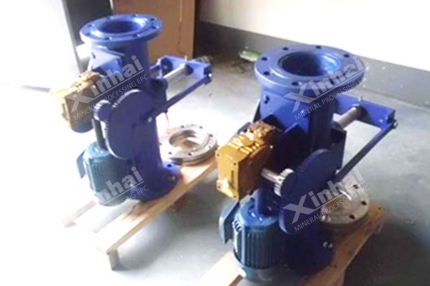
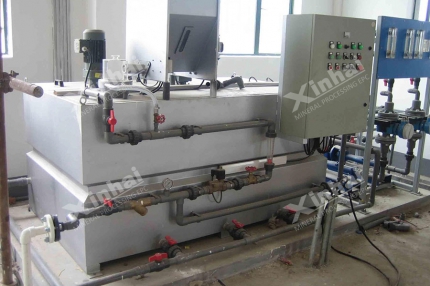
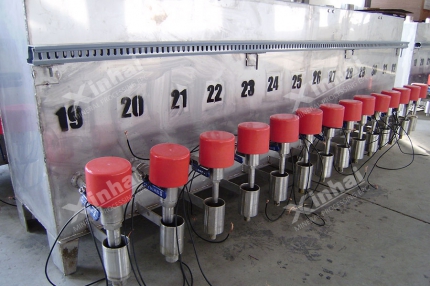
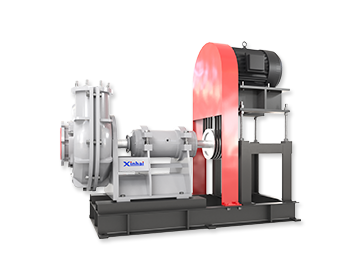
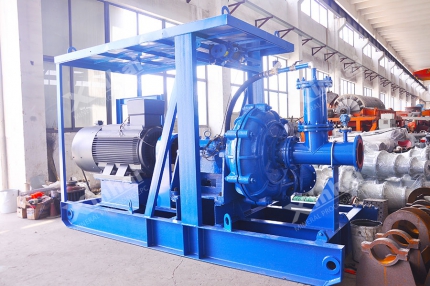
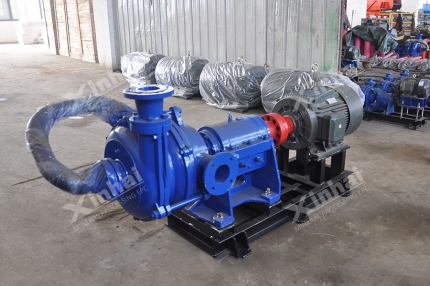
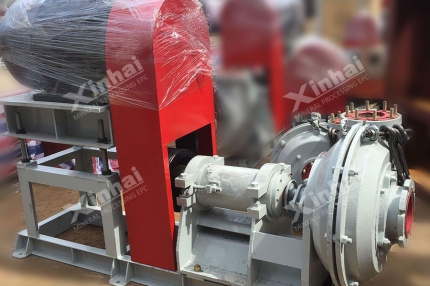
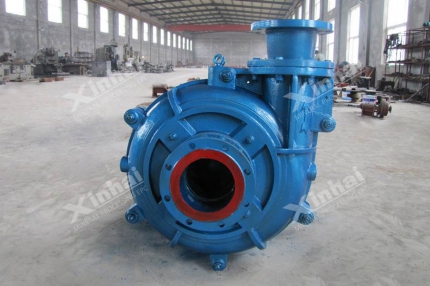
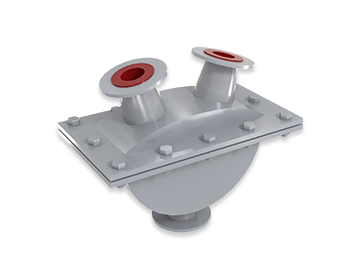
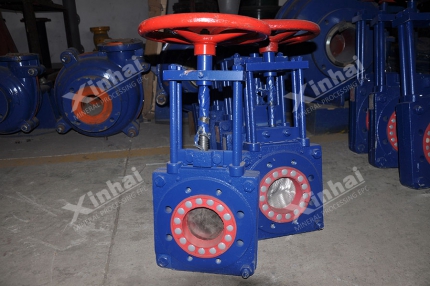
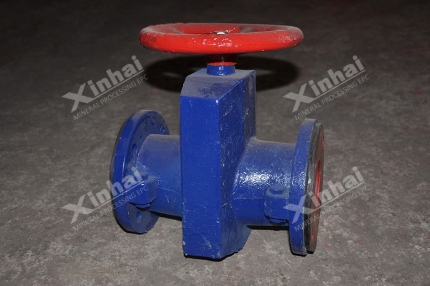
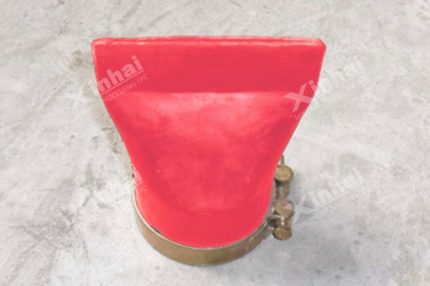
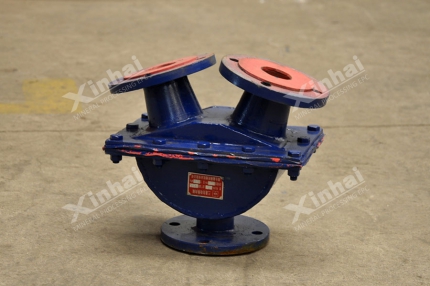
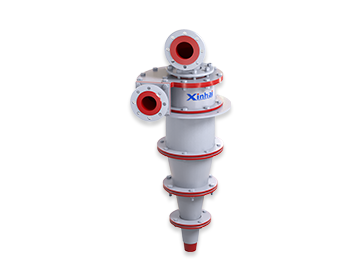
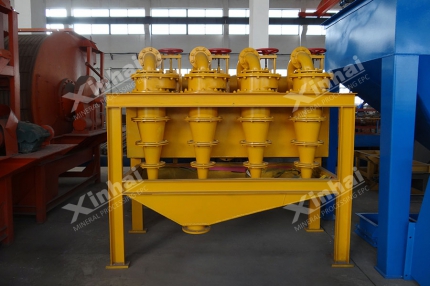
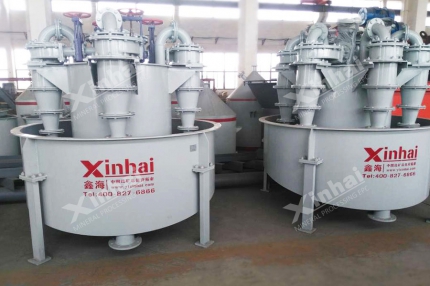
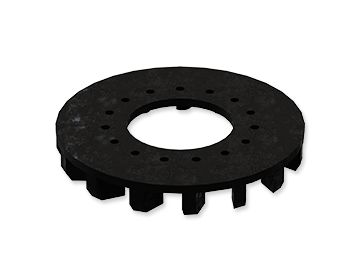
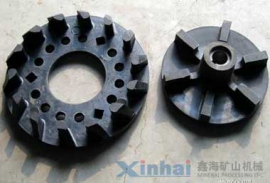
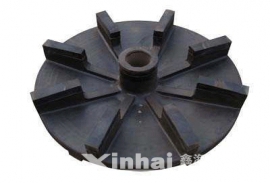
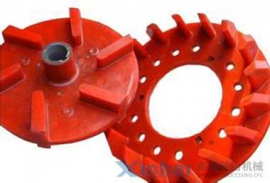
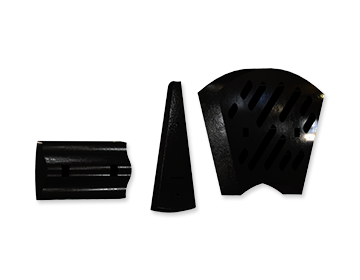
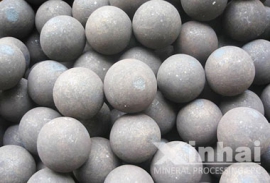
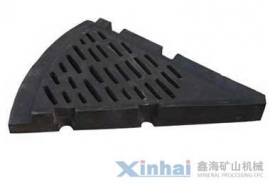
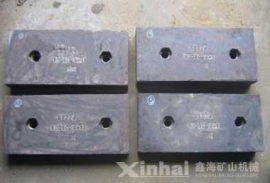
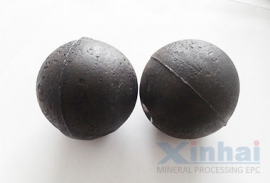
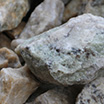
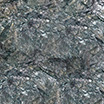
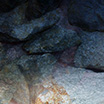
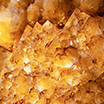


 CHAT
CHAT MESSAGE
MESSAGE




